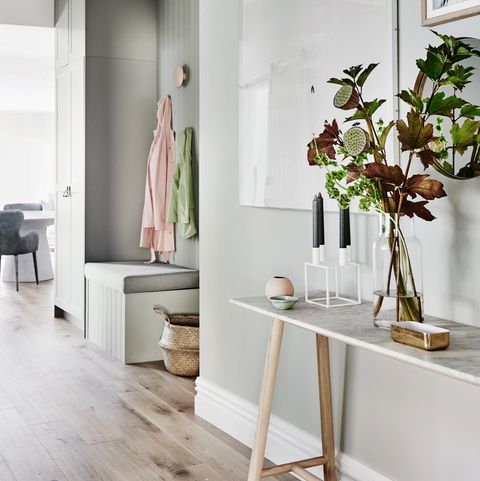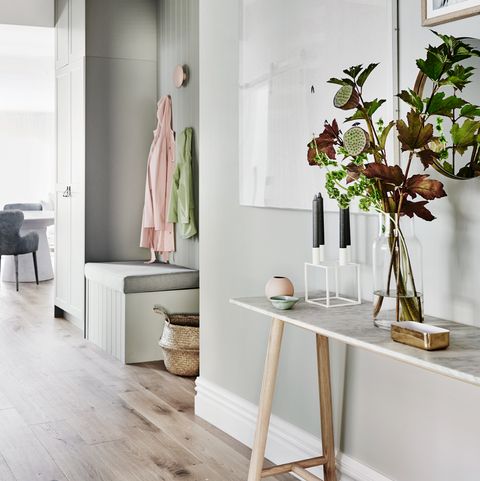Blogs and advice on Residential Property Management London

How to avoid tenancy disputes
The tenancy agreement is the essence of a successful tenancy – it protects the property, outlines the landlord and the tenant’s responsibilities, and can prevent disputes arising. A comprehensive tenancy agreement safeguards the interests of both parties to create the foundations for a smooth tenancy. It is important to have a clear tenancy agreement, what should be included in a tenancy agreement and what to do when the agreement expires.
Being a landlord can be an extremely rewarding but it can also be a challenging. There are many tasks to be carried out, as well as the duty of care to your tenants and legal responsibilities to keep up to date with. The tenancy agreement is part of these requirements and is the bedrock of a successful tenancy.

What are right to rent checks
Right to rent checks were first introduced in 2014. Agents are landlords are required to carry out checks to ensure that their prospecive tenants are in England lawfully and have a Right to Rent. This legislation is intended to cover all of the UK though it is currently only running in England.
Following the Brexit transition changes were implemented as of 1st July 2021, which now imposes further checks on these nationals who now need to provide evidence of their Right to Rent by producing confirmation of their EU settled status or eVISA.

What you should look out for during a property inspection
Once you have agreed a time and date with the tenant, the inspection can go ahead.
As a landlord, it’s your duty to make sure your property is legally compliant and a safe place for your tenants to live. Yourself or the agent will be looking to see if anything needs to be repaired or replaced during the inspection, and whether there is anything that may represent a danger to the tenant. It’s also an opportunity to check that the tenant is not in breach of the tenancy agreement. Inspections are also a perfect opportunity to check in with your tenants, make sure tenants are happy and to discuss and resolve any potential issues they may have.
You should check
Statutory inspection checks
Property condition
Tenancy breaches

Why are regular property inspections important
The main purpose of an inspection is to find out the overall condition of the interior and exterior of a property and record any repairs or maintenance that may be required. This is a way of maintaining a good relationship with the tenant and it is also an opportunity to remind them of their responsibilities. During an inspection, tenants can ask questions or discuss issues they may be experiencing with the property.
It is important to carry out regular checks as they will highlight any necessary maintenance or safety issues which can be dealt imminently. Regular property inspection will help you keep your tenant safe and avoid unnecessary costs and complaints from them. Ensure to not carry out these checks too often or unnecessarily, as it could put a strain on the relationship.

The importance of property inventories
A property inventory is a valuable report that is used by landlords to ensure that their property is left in as good conditions as it was rented out in – this report is essential for helping to prevent disputes with tenants as it aids to help communications and bring issues to the surface before they can grow. This report is a document that measures the state of a property – these should be carried out twice; the inventory (the beginning of a tenancy), and the checkout (the end).
The first inventory:
The first inventory is commonly considered the more important of the two – it should be used to detail every aspect of the property and the conditions of them, such as the floors: is it carpet or wooden, and are there stains? The schedule of condition offers protection against structural damage that can occur within a tenancy, this protects against more than just the conditions of furniture – making this crucial to any landlord regardless of if the property will be let furnished or not. A recommendable tip would be to use photographic evidence in these reports to make them indisputable.

The Good Tenant Guide
What makes a good and dependable tenant?
Responds to all questions in detail prior to tenancy agreement and provides all information
They complete the application fully with all the necessary proof and referee contact details included. It needs to clearly identify that the potential tenant can meet rent payments and take good care of the property.
Has a good track record
When requested references from the previous property management or landlord; they can provide you with statements showing rent paid on time and you are also provided with good character references.
A good tenant should have excellent references.

Can landlords have tax efficiency and flexibility?
There are many factors that get overlooked when understanding how to navigate yourself as a landlord, the most difficult of which I believe to be, is how to have tax efficiency – so let’s change that.
First we must look at how to create tax efficiency, so what are our options? Our most highly recommended ideas that get most overwhelmingly overlooked are:
Tax bands not being taken advantage of. Capital Gains Tax is usually not paid when assets are transferred between spouses, this essentially allows you as a landlord to cut your tax bill by simply just transferring your assets to your partner, so what’s stopping you?

How to achieve high property rental yields
What is a property’s rental yield and how to calculate it
A property’s rental yield, also known as a property’s yield, is the annual return you achieve from renting out your property; in other words, it is essentially the amount of money you make in profit from rent. A property’s rental yield tells you the percentage return your rental income is generating against the property’s original purchase price.

